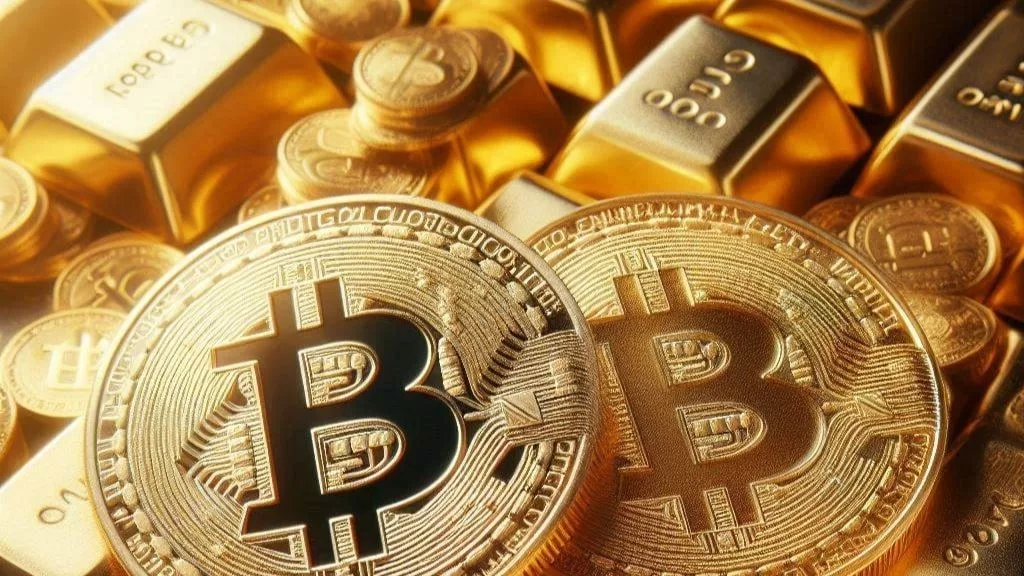
Bitcoin’s relationship with traditional assets like gold has been a subject of intense scrutiny. Recent data reveals fluctuating correlation trends between Bitcoin and gold, with a noticeable decline post-halving in March 2024. This decoupling raises intriguing questions about the future dynamics of these two valuable assets.
The correlation between Bitcoin and gold over 30-day and 90-day periods is a metric used to measure the strength and direction of their price relationship. A positive correlation indicates that the prices of Bitcoin and gold move in tandem, while a negative correlation suggests they move in opposite directions. This correlation can offer insights into the market’s perception of Bitcoin as a store of value, similar to gold.
From January 2021 to mid-2024, Bitcoin’s price experienced significant fluctuations. It soared to over $60,000 in late 2021, plummeted in 2022, and then began a recovery phase in 2023. During these periods, the 30-day and 90-day correlations between Bitcoin and gold showed intermittent peaks and troughs, reflecting the unique volatility of Bitcoin compared to the relatively stable gold market.
At the end of the first quarter of 2024, Bitcoin’s correlation with gold began to rise, with both the 30-day and 90-day correlation metrics approaching one. This period coincided with Bitcoin reaching new heights pre-halving in March 2024, with gold prices following suit in May. This temporary convergence suggested a shared market sentiment towards these assets as hedges against economic uncertainty.
However, over the past 30 days, Bitcoin and gold have started to decouple once again. This recent trend mirrors the dynamics observed between Bitcoin and the S&P 500, suggesting that Bitcoin may be developing its own unique market trajectory, separate from traditional assets.
The decoupling of Bitcoin and gold raises several important questions for investors and market analysts. Historically, gold has been viewed as a safe-haven asset, a reliable store of value in times of economic turmoil. Bitcoin, often dubbed “digital gold,” has been seen by some as a modern equivalent. However, the fluctuating correlation between these assets suggests that Bitcoin may not consistently fulfill the same role as gold.
Several factors could be contributing to this divergence:
The future relationship between Bitcoin and gold remains uncertain. Will they continue to diverge, or will market conditions lead to a reconvergence? Several scenarios could play out:
For investors, understanding the fluctuating correlation between Bitcoin and gold is crucial for portfolio management. Here are some considerations:
The evolving relationship between Bitcoin and gold underscores the complexities of the cryptocurrency market. While Bitcoin has shown periods of correlation with gold, recent trends indicate a growing independence. This divergence presents both challenges and opportunities for investors, highlighting the importance of staying informed and adaptable in the dynamic world of digital assets.
As we move forward, the market’s perception of Bitcoin, regulatory developments, and broader economic conditions will continue to shape the Bitcoin-gold correlation. Investors should keep a close eye on these factors to make informed decisions in this rapidly changing landscape.

Get the latest Crypto & Blockchain News in your inbox.